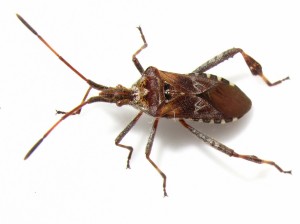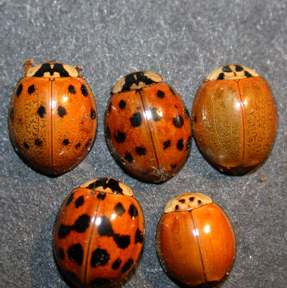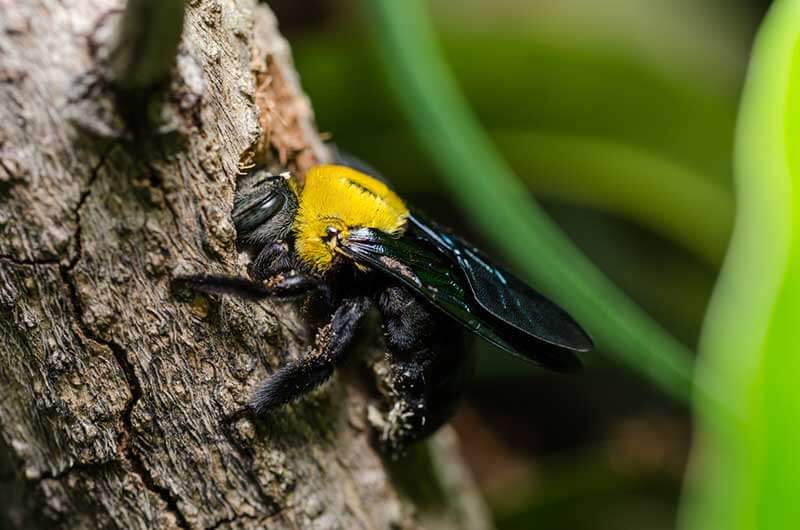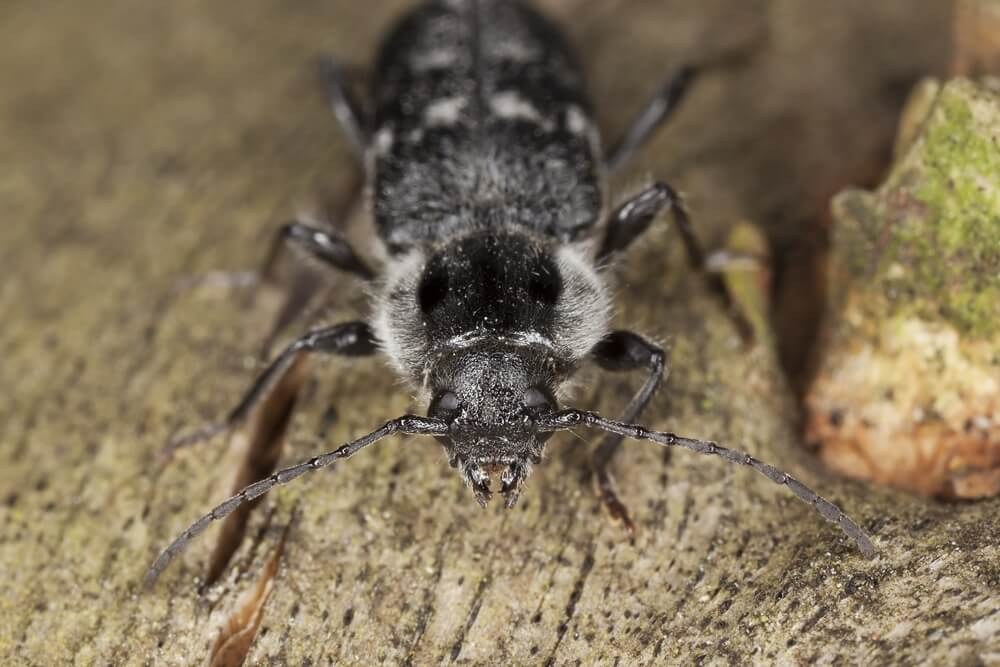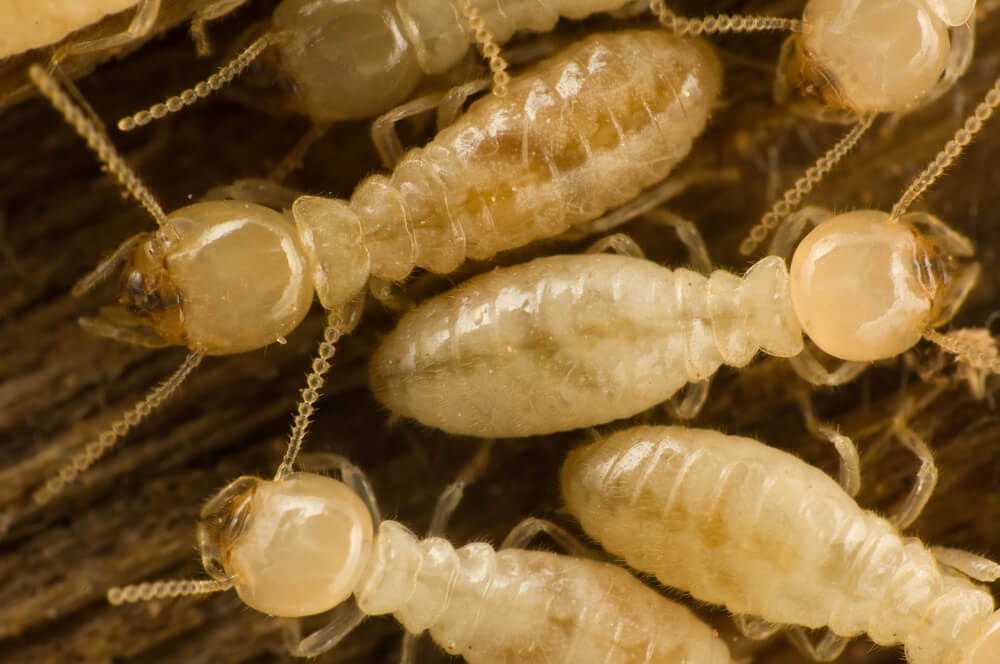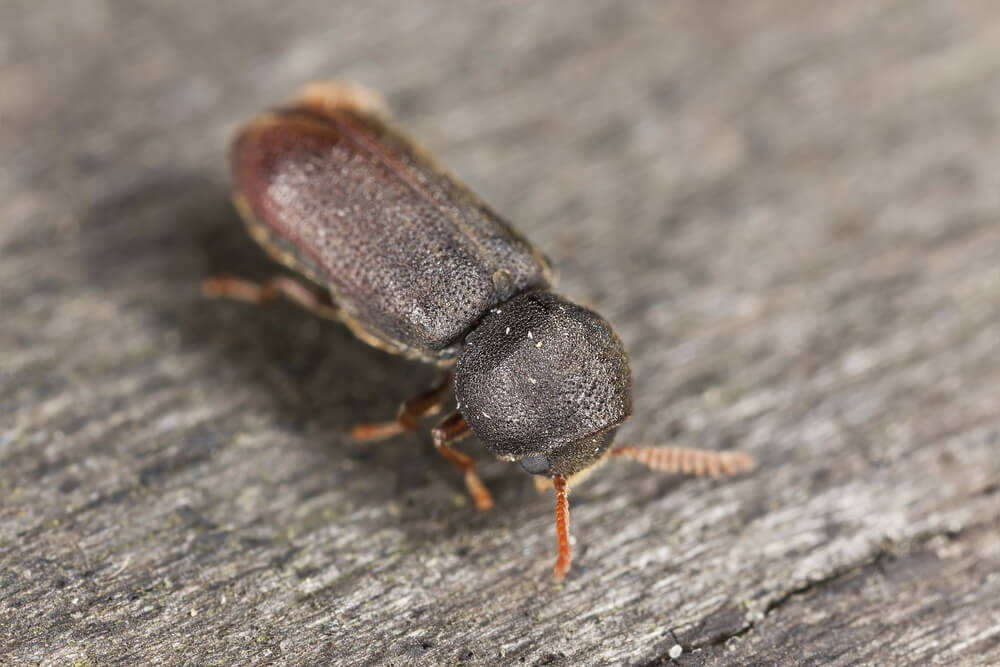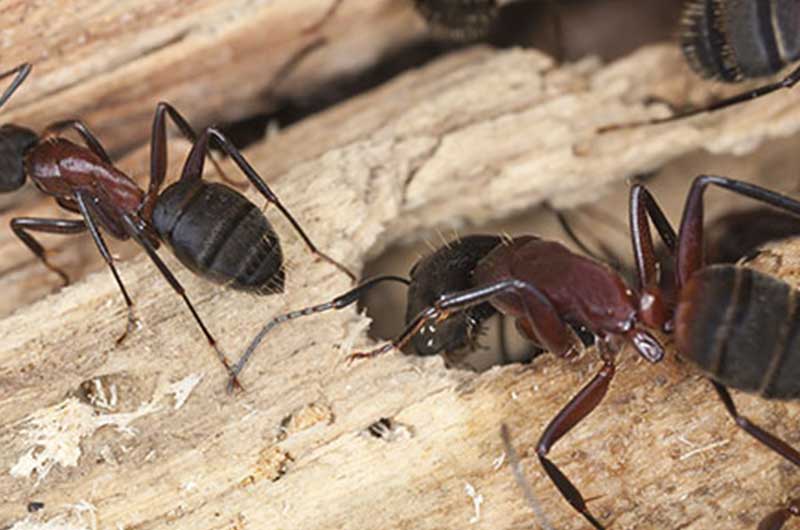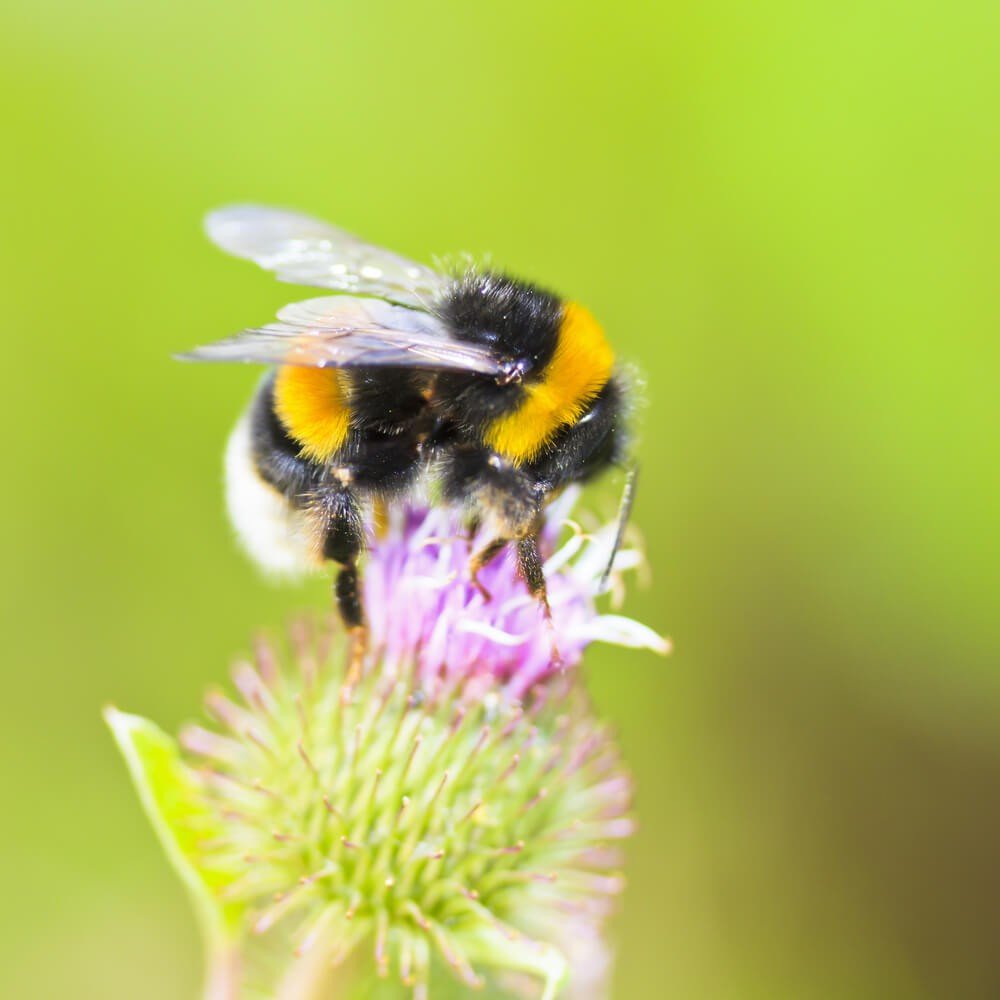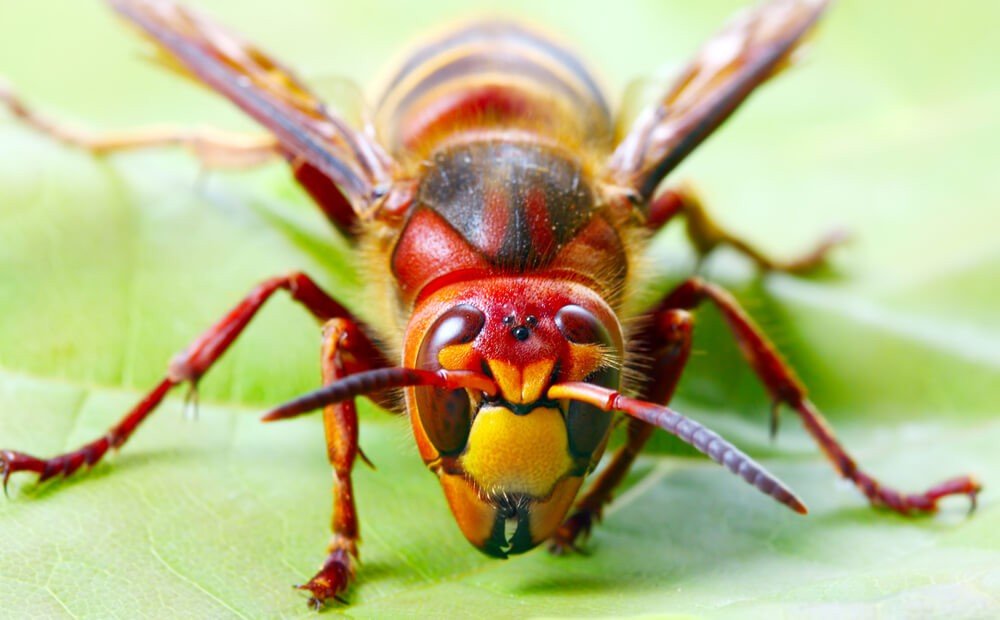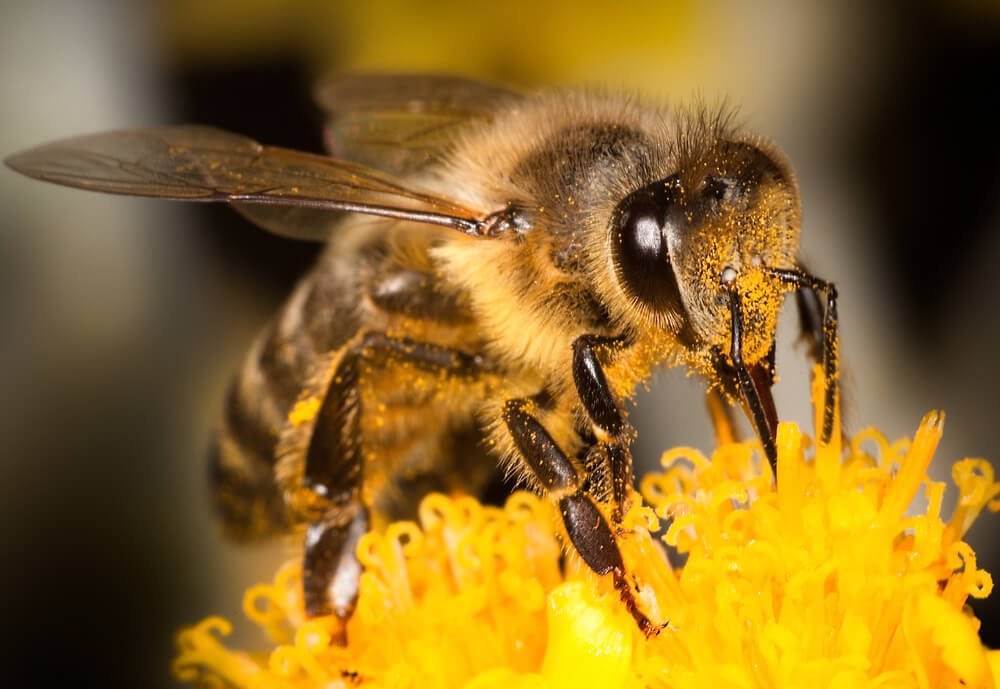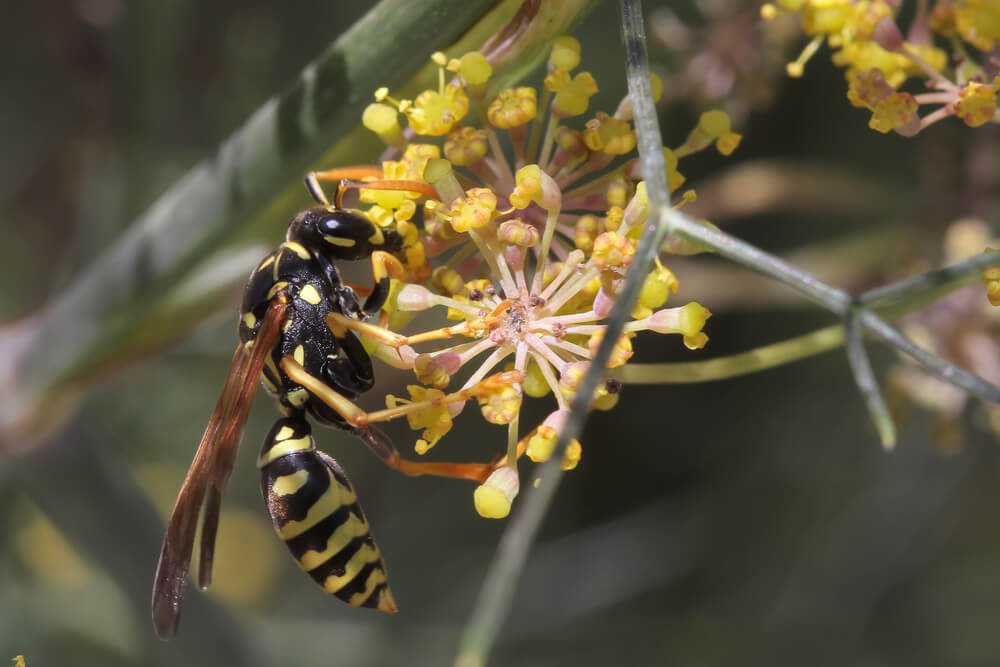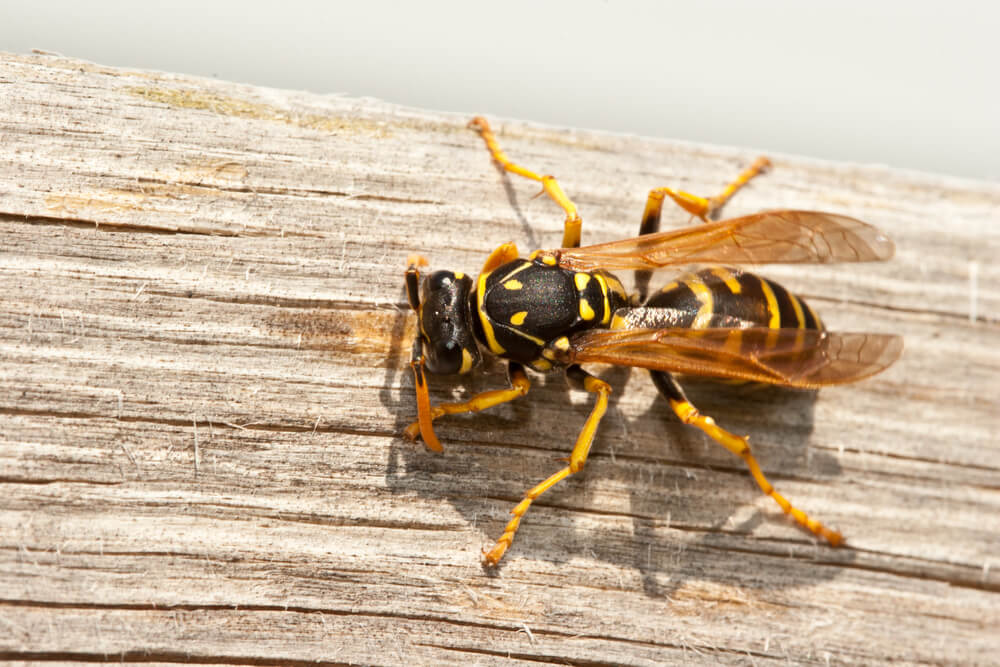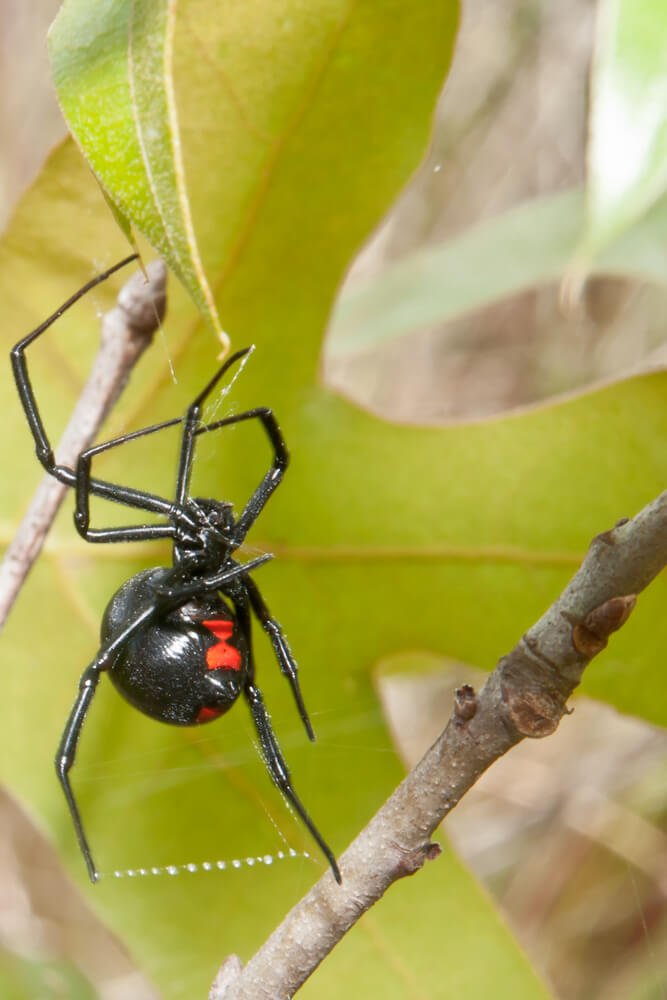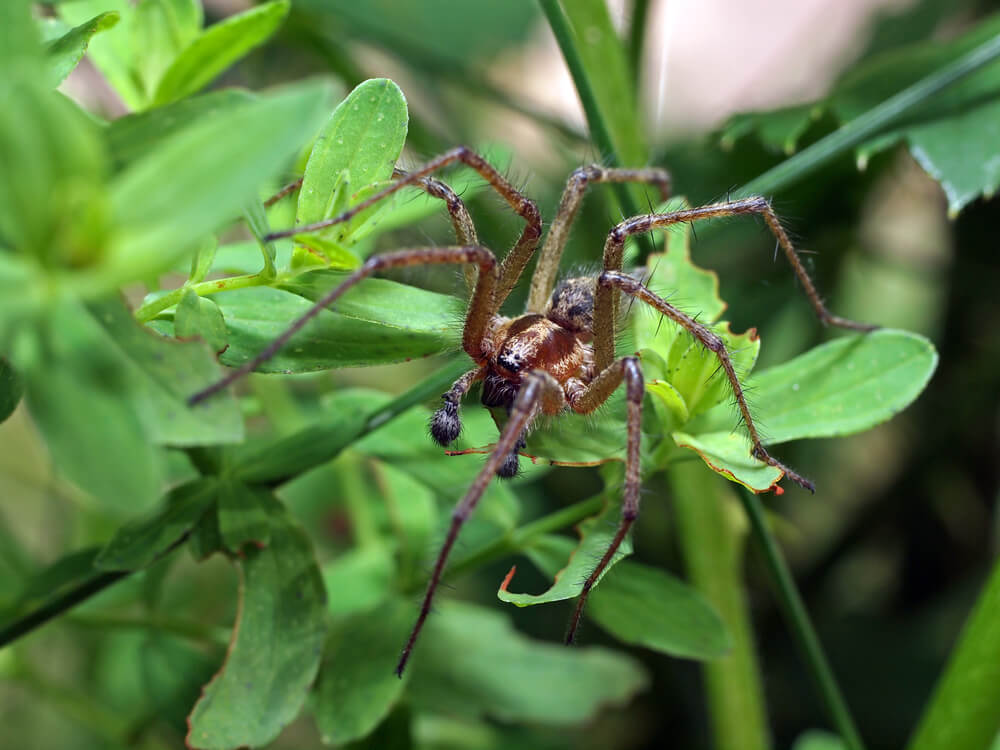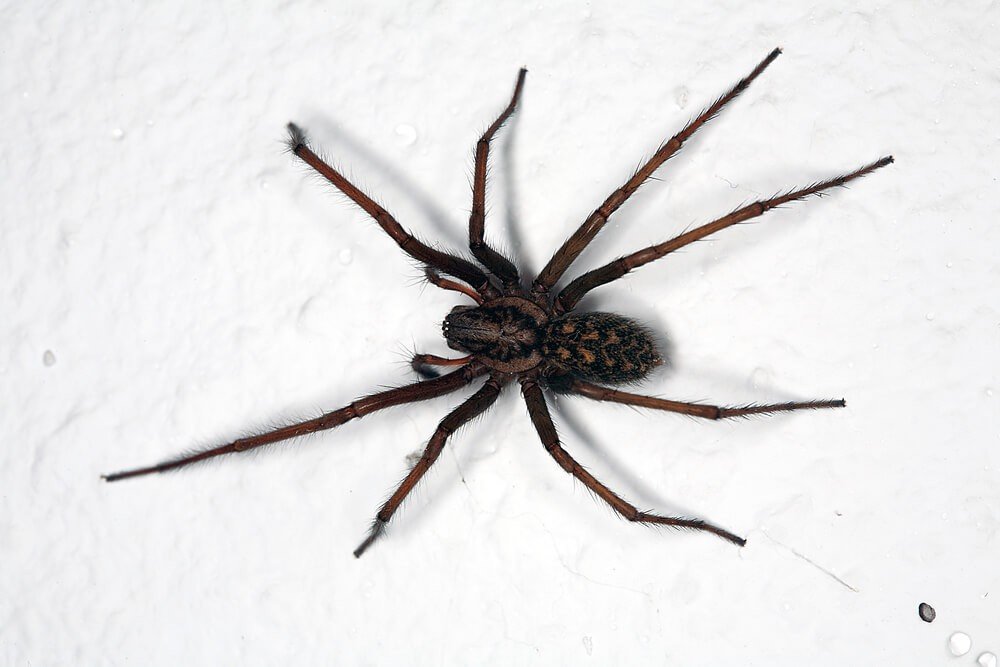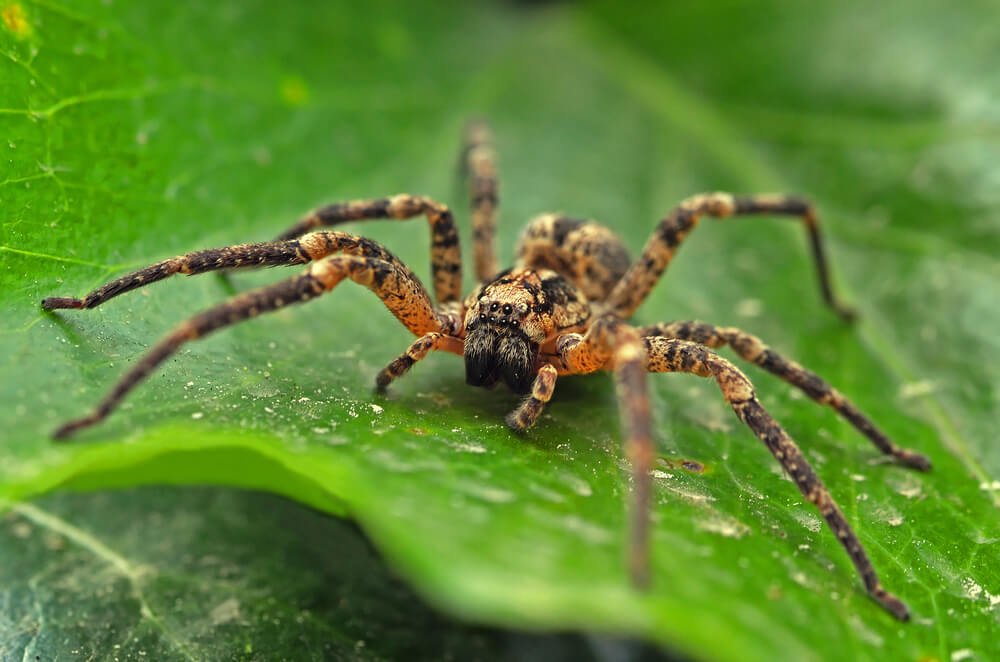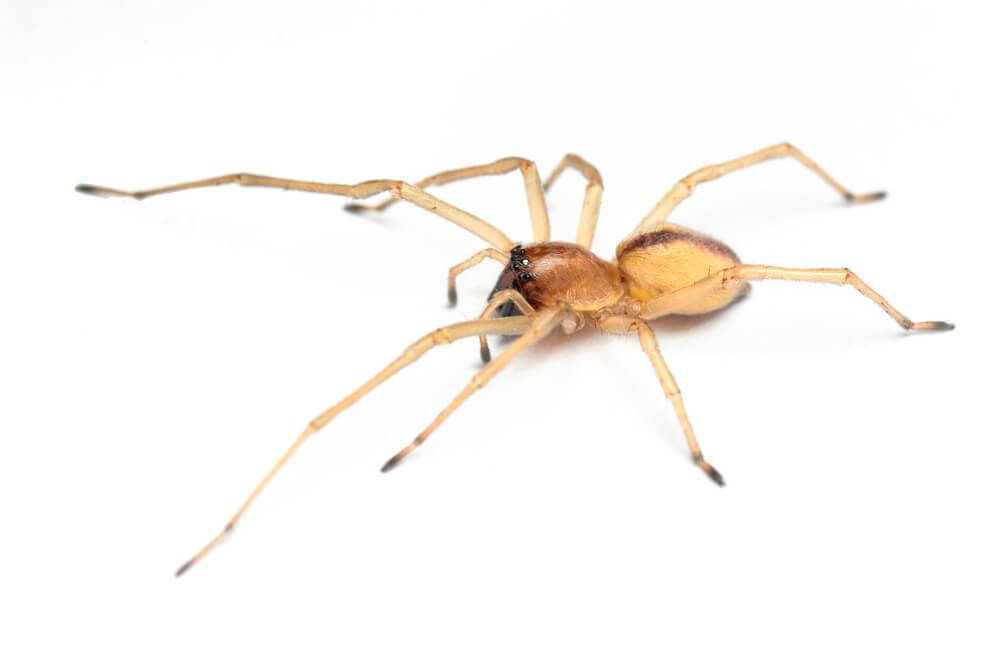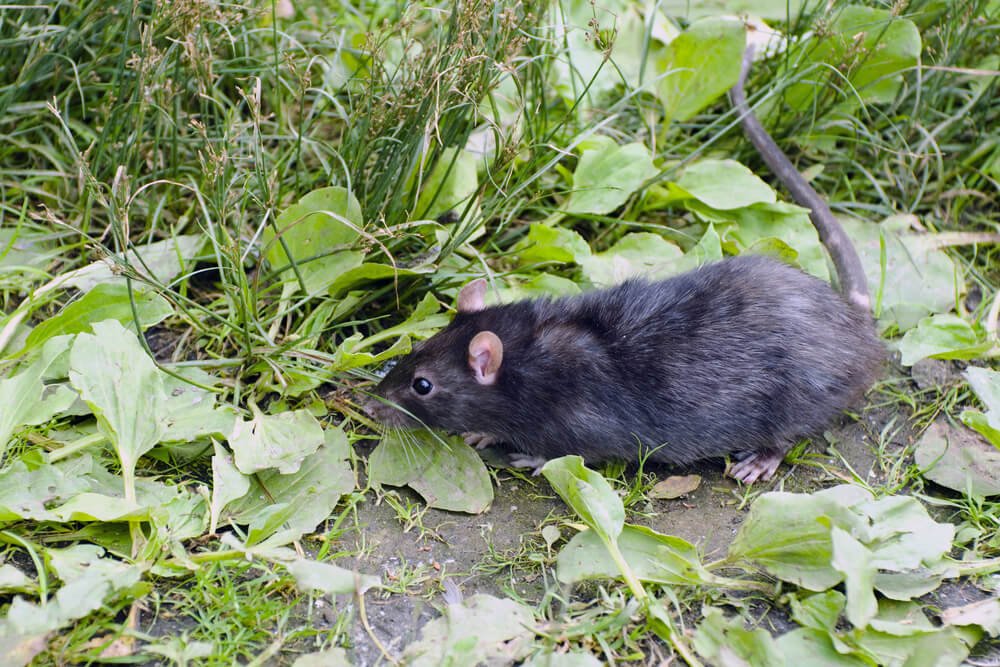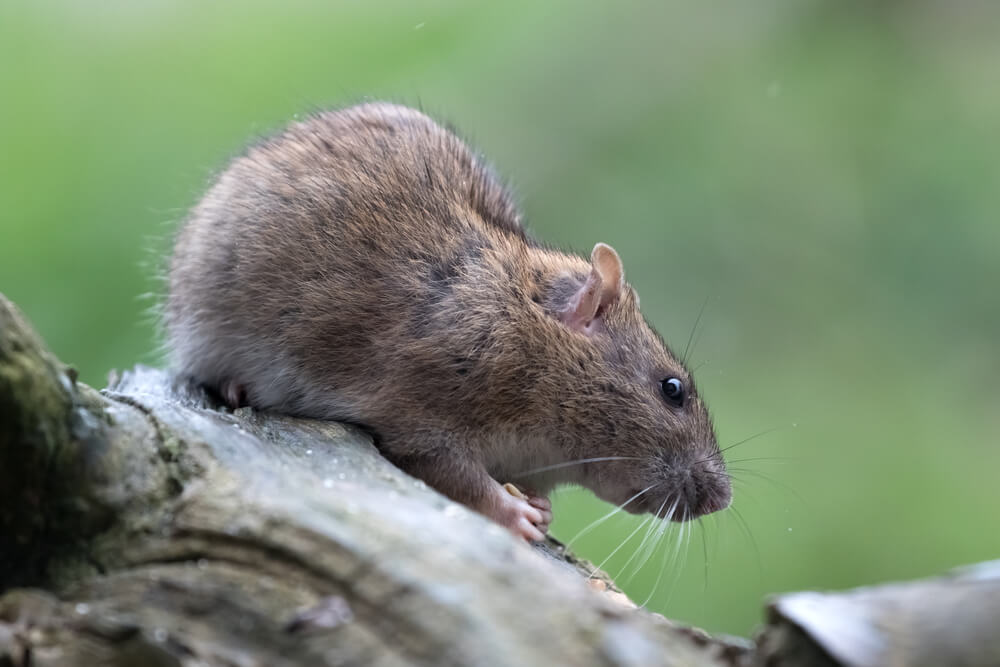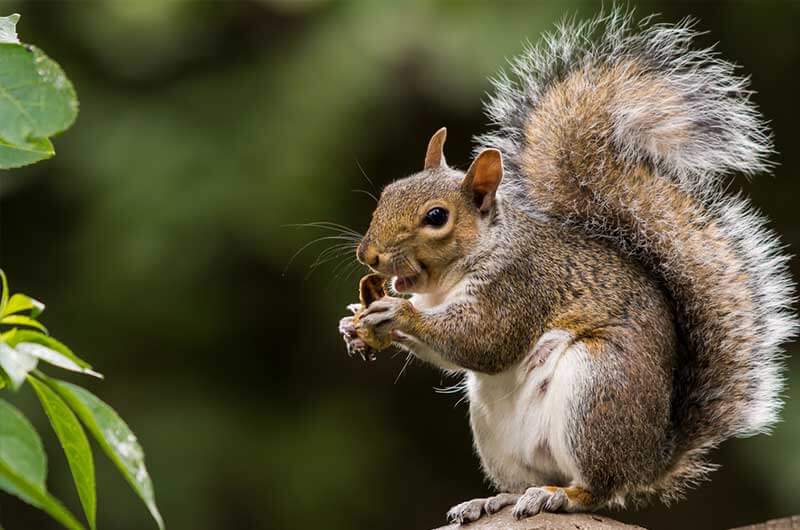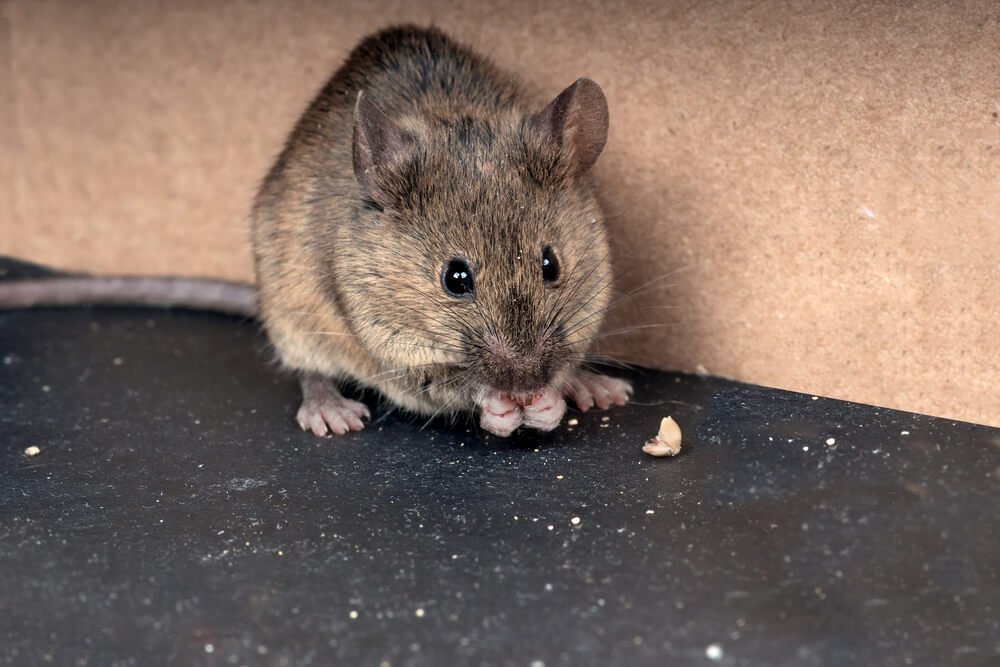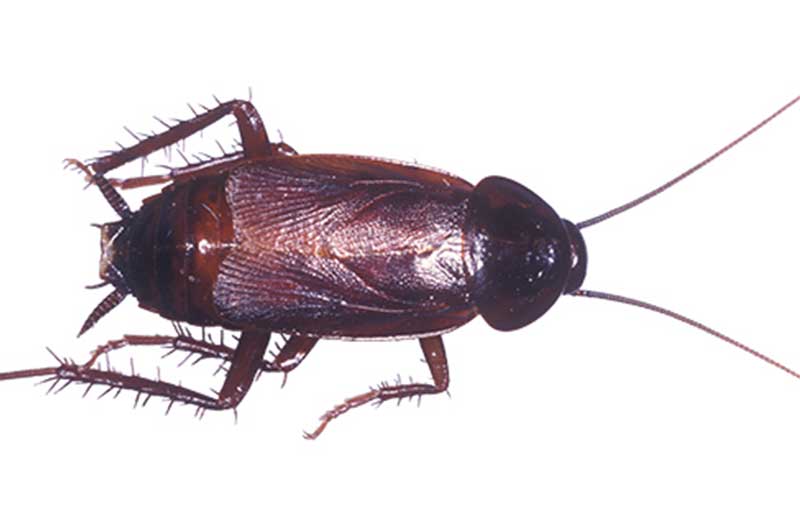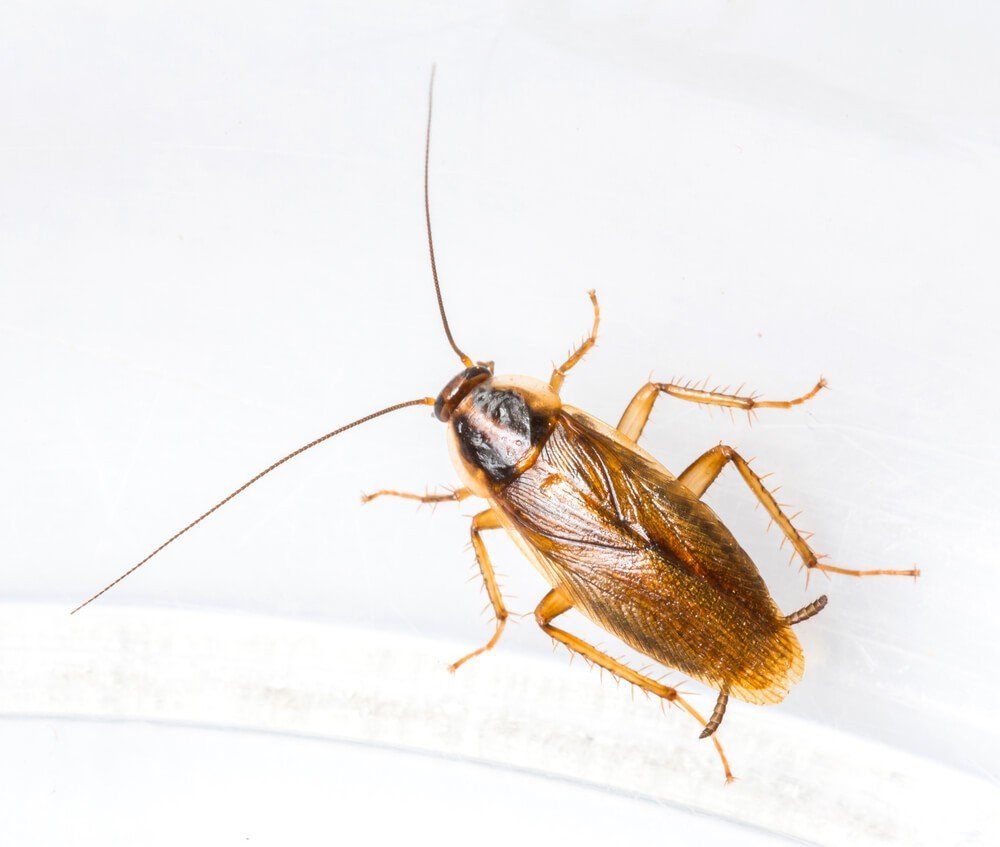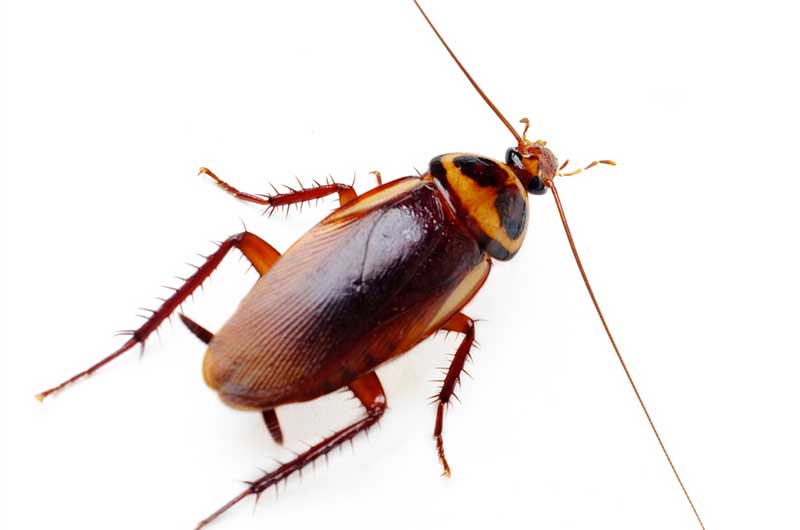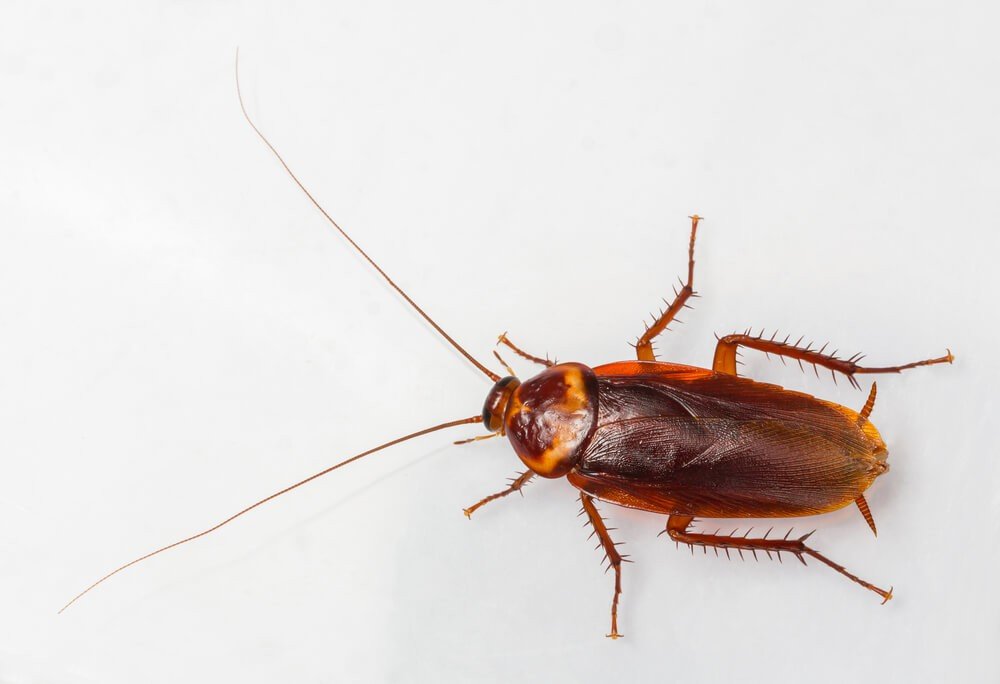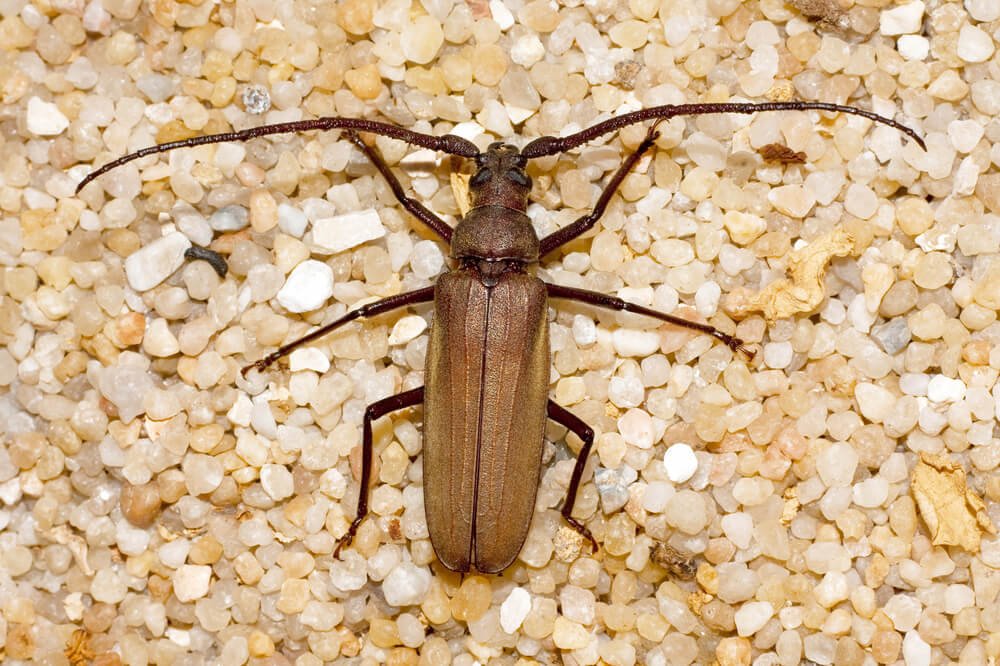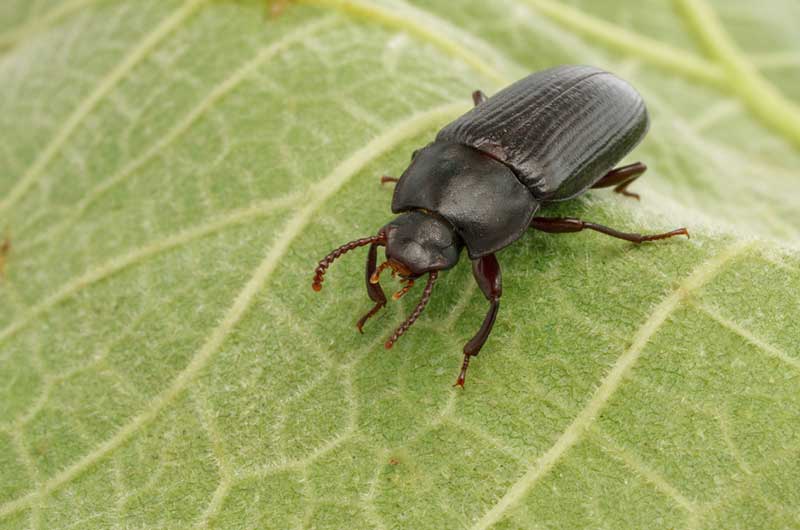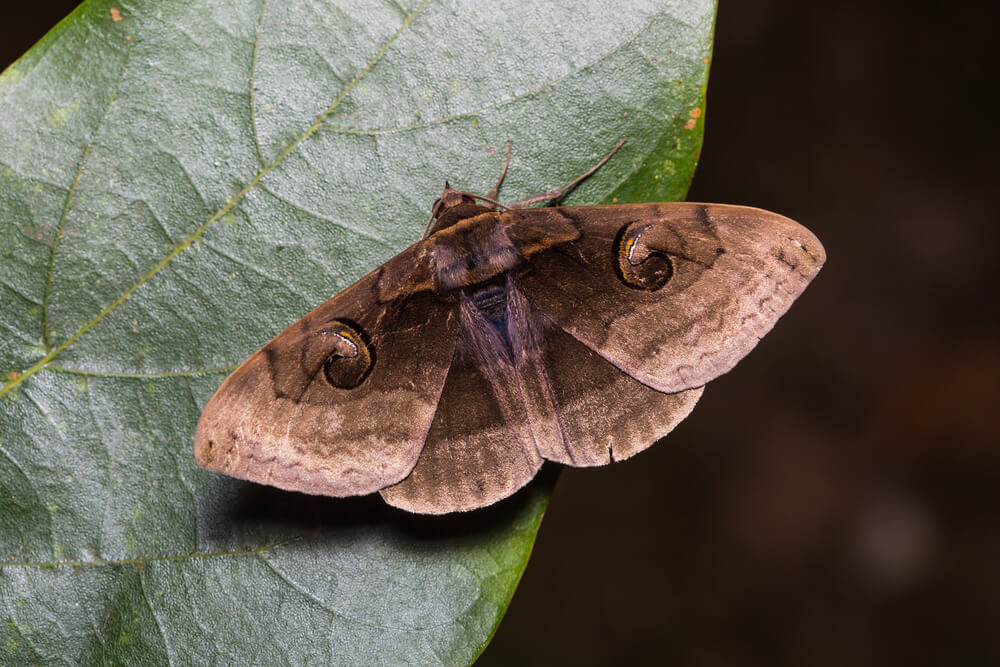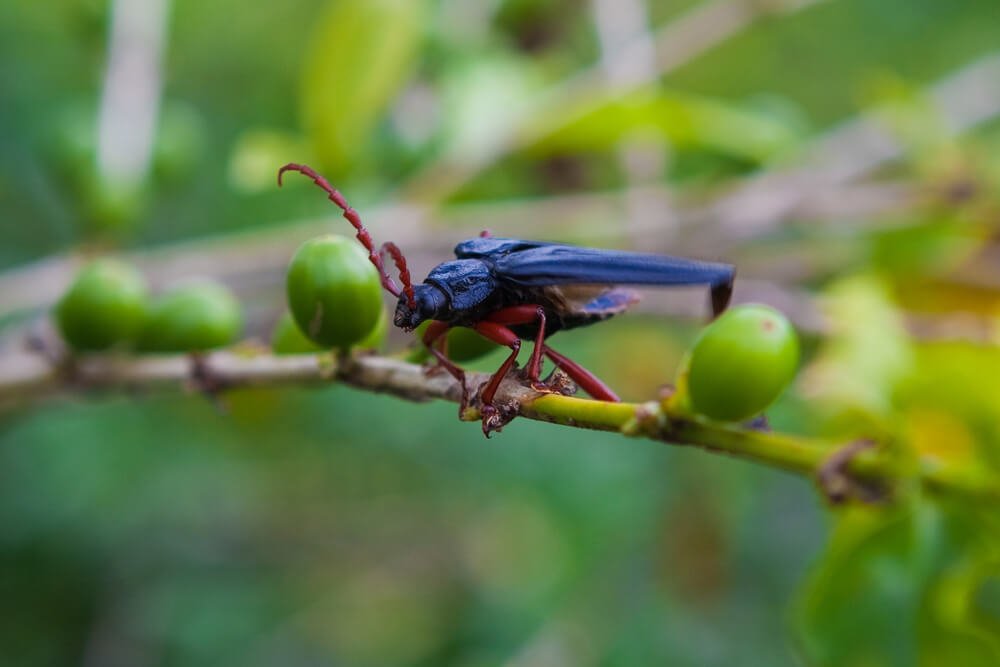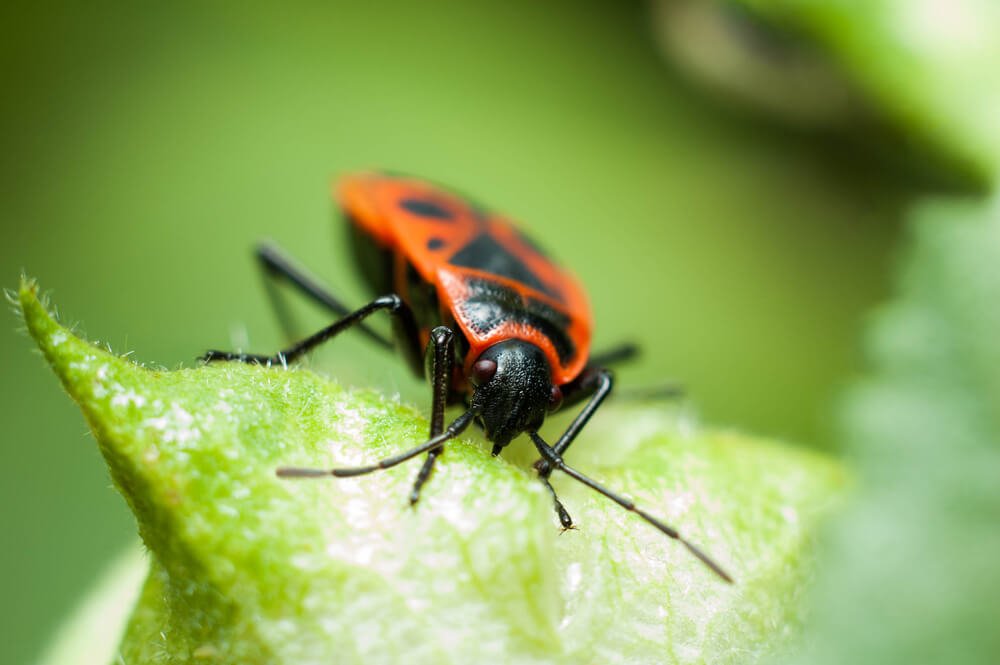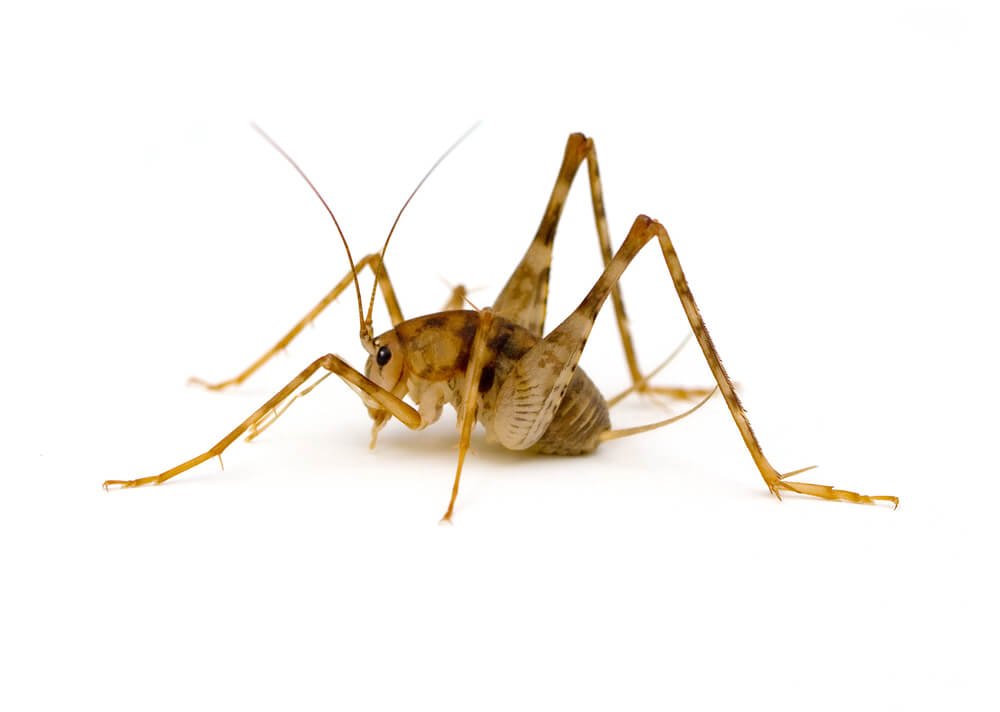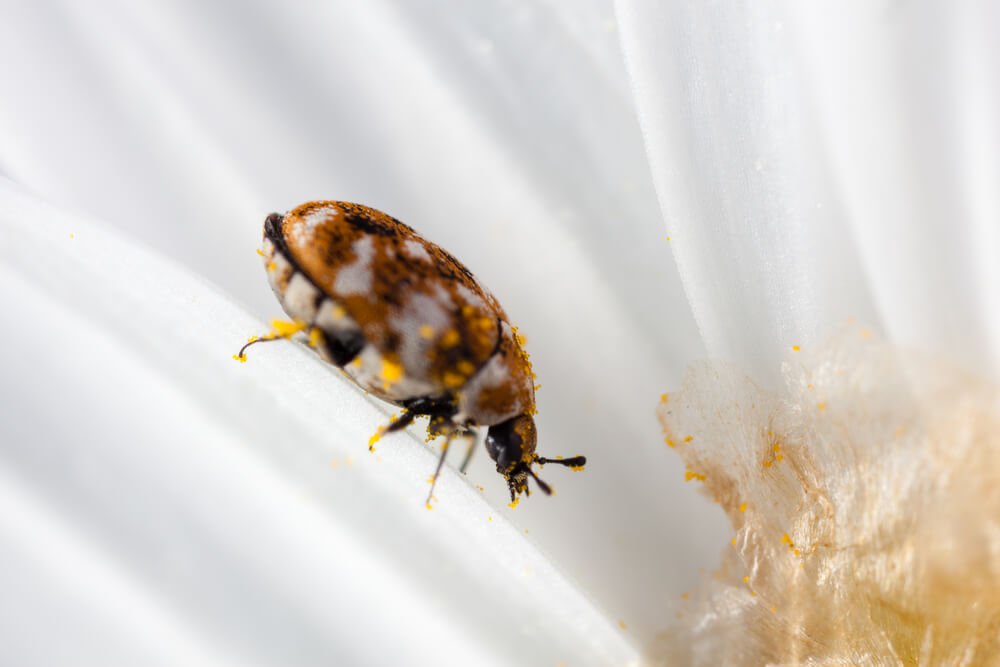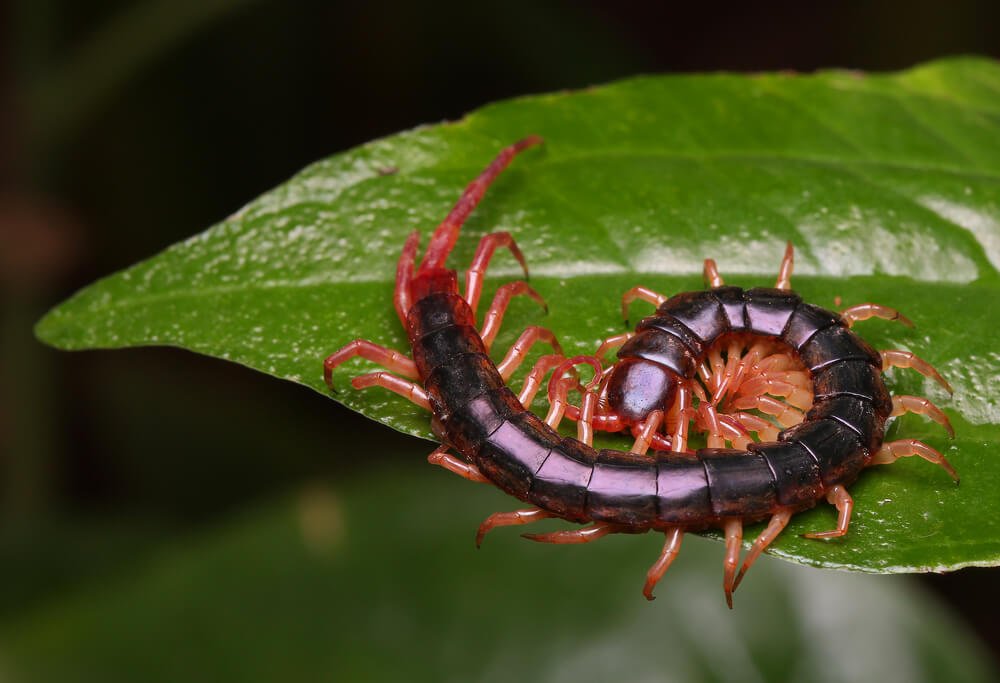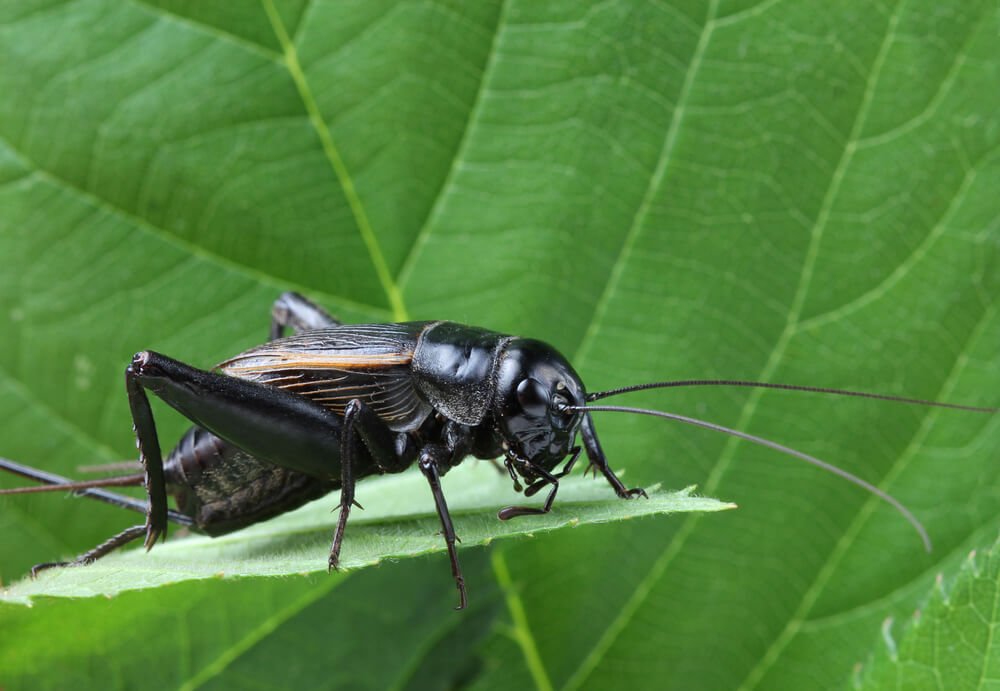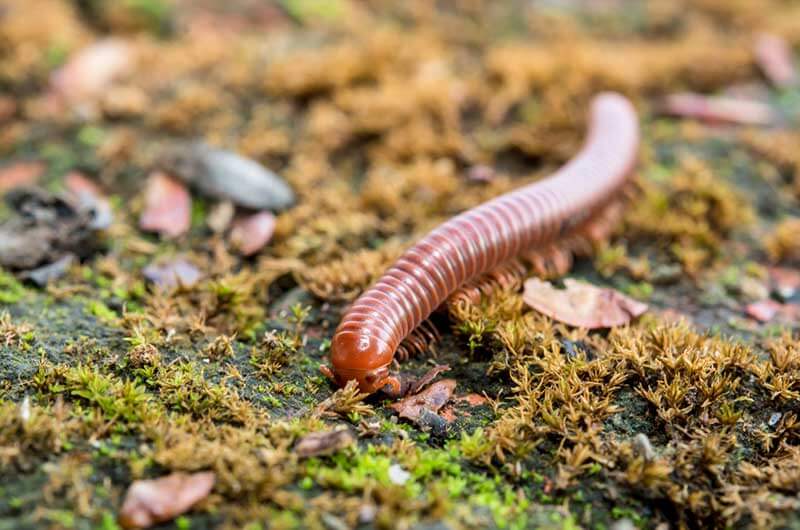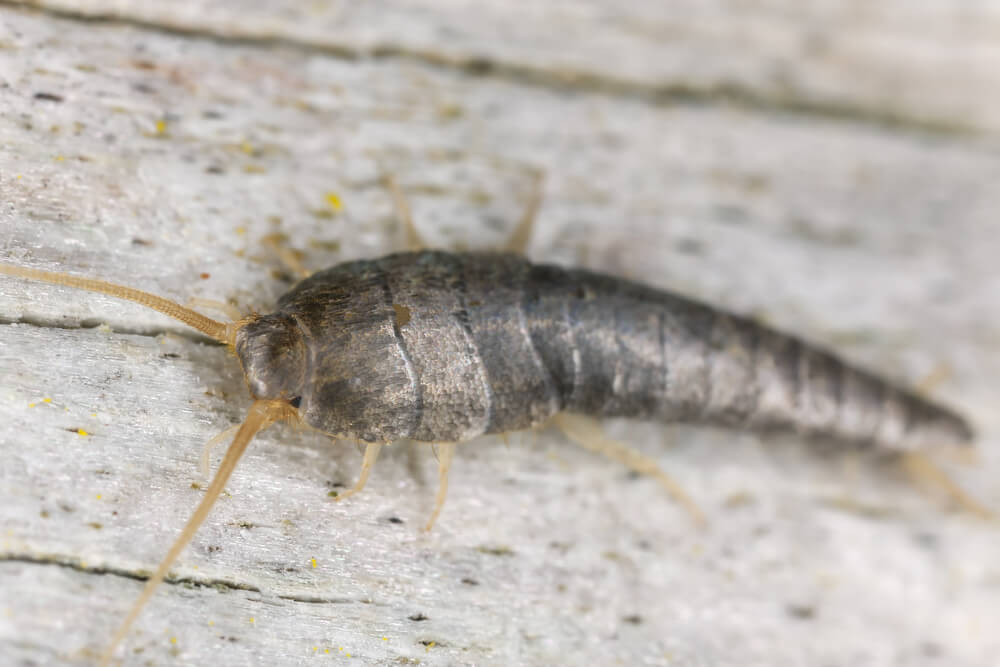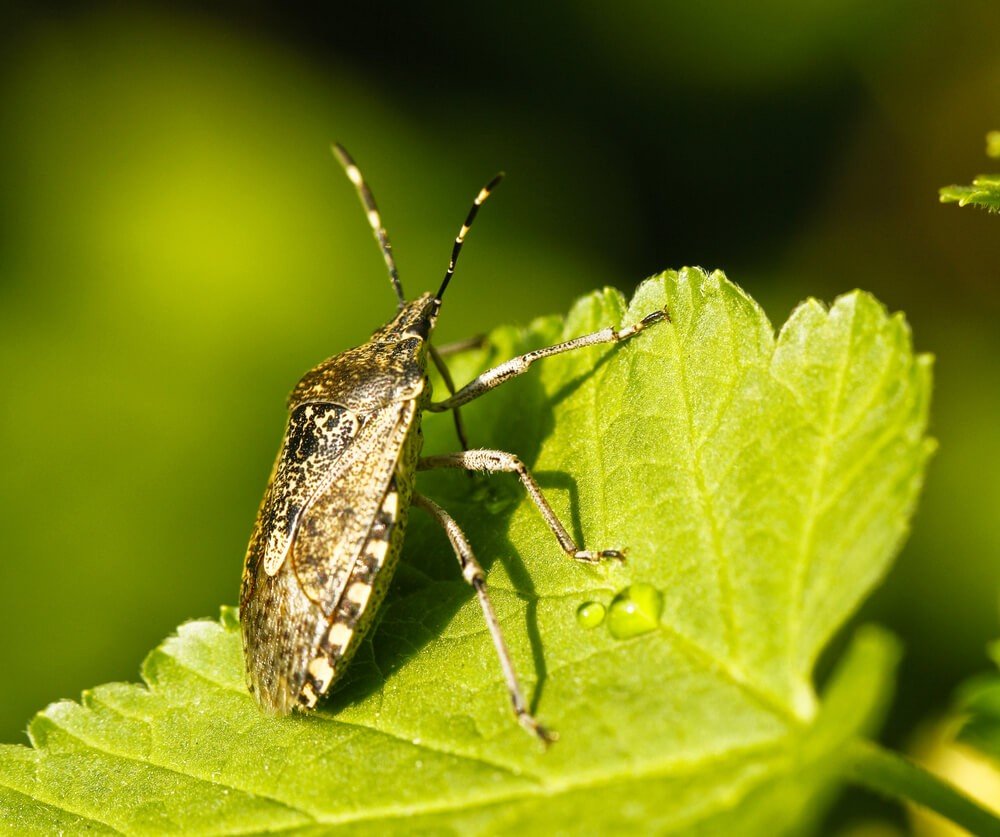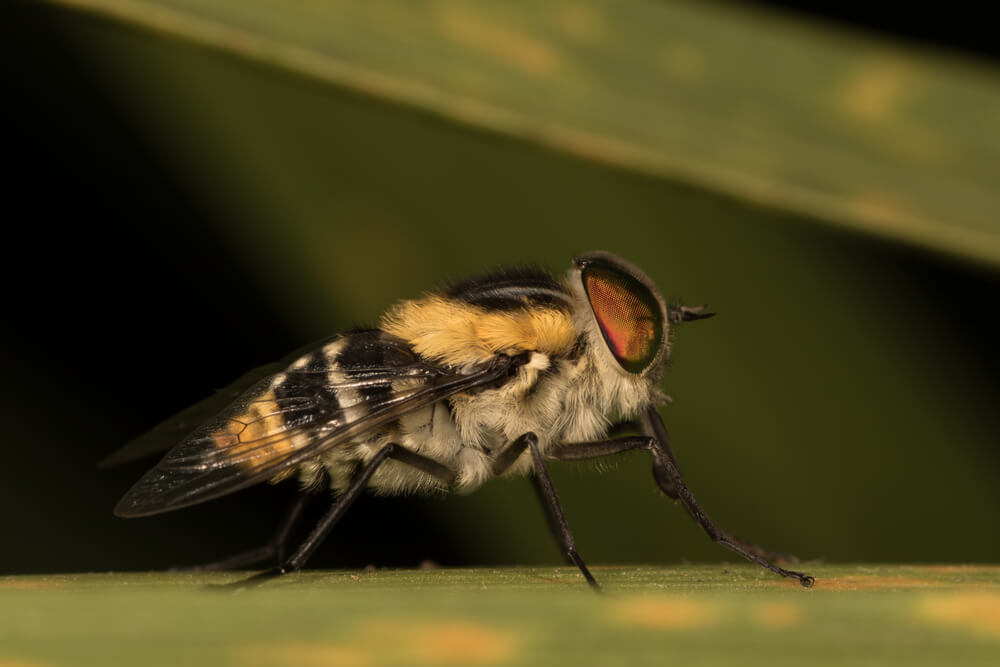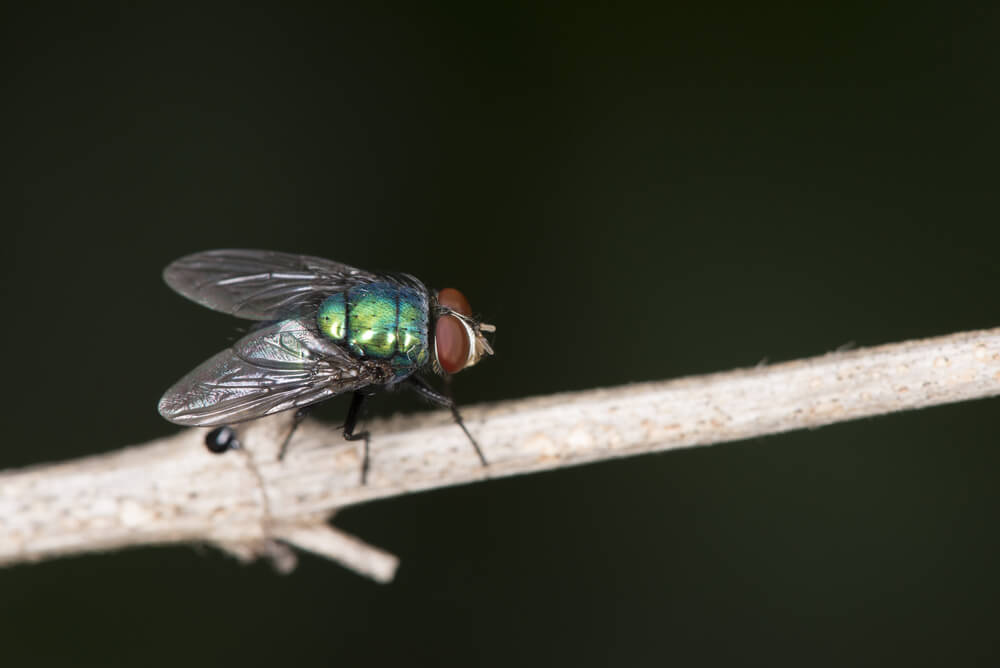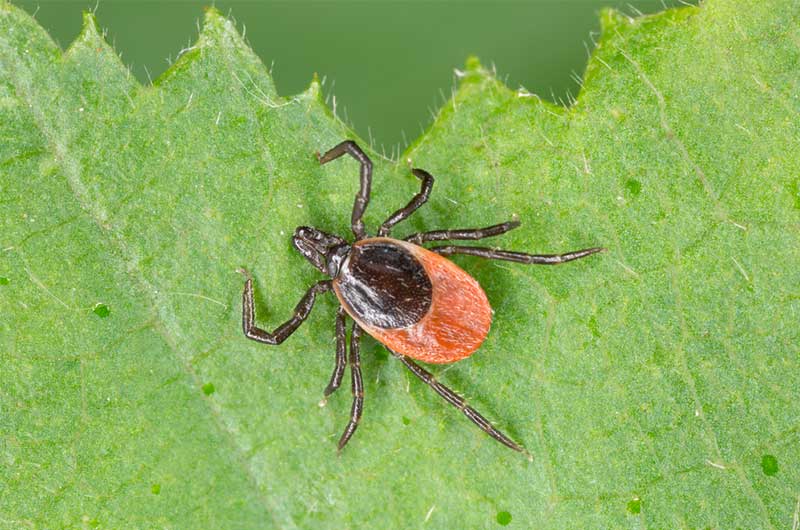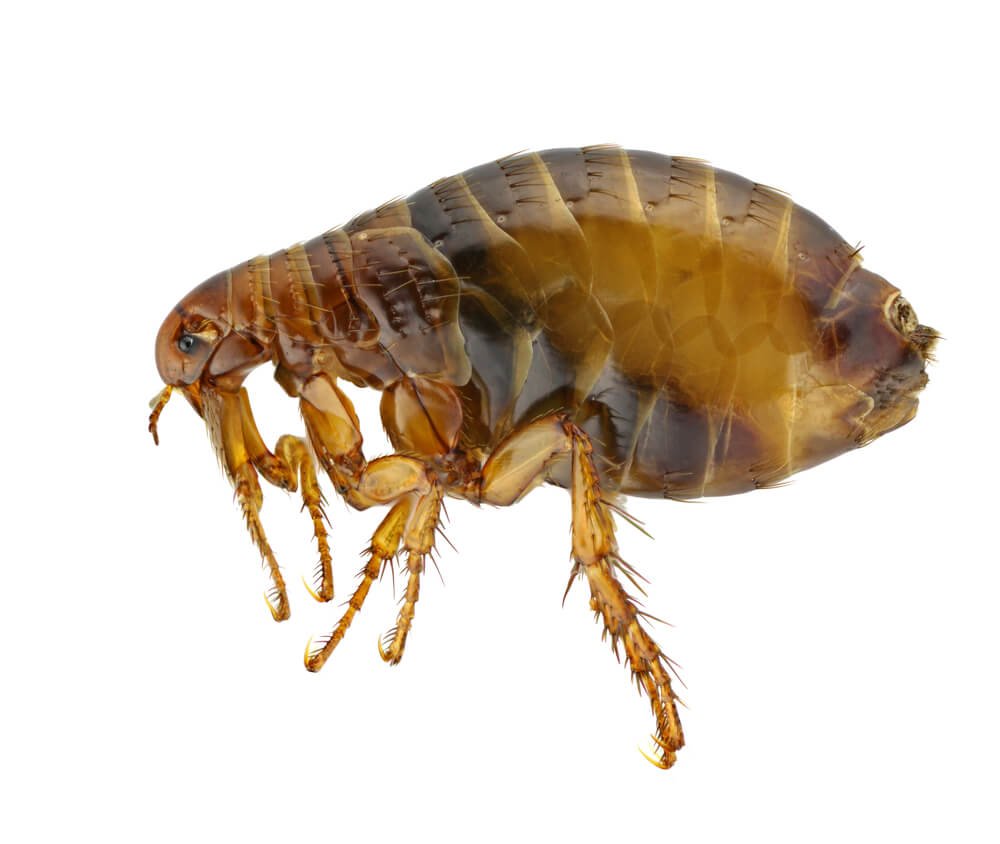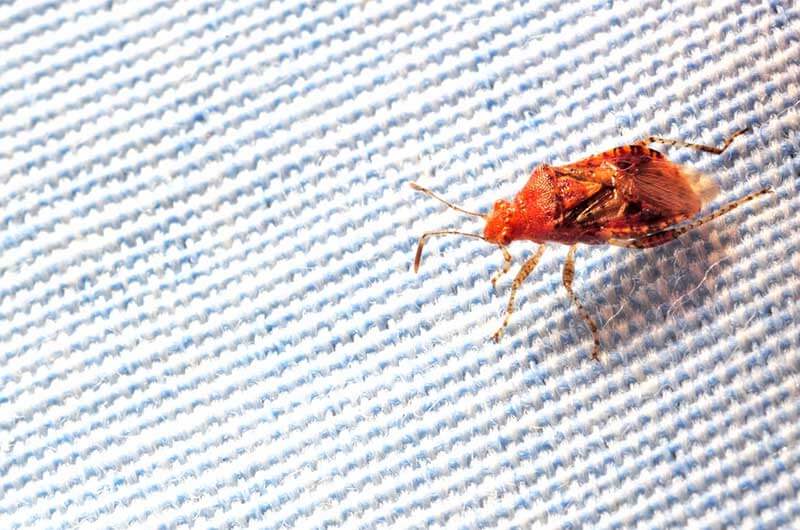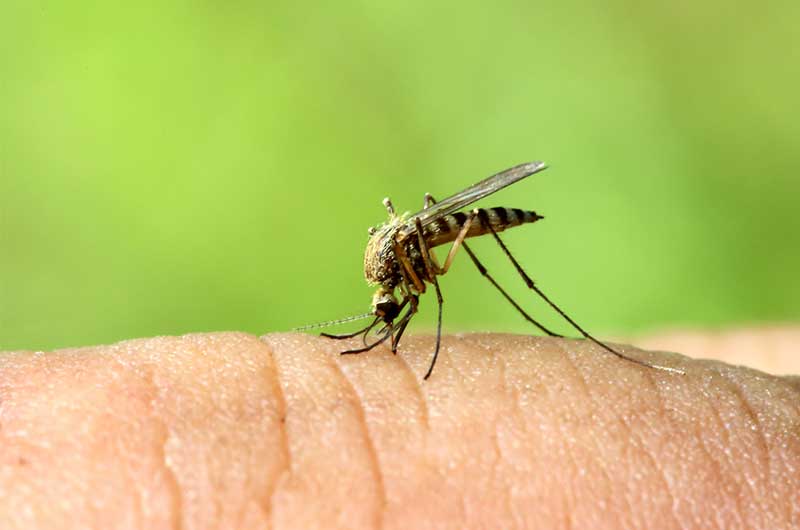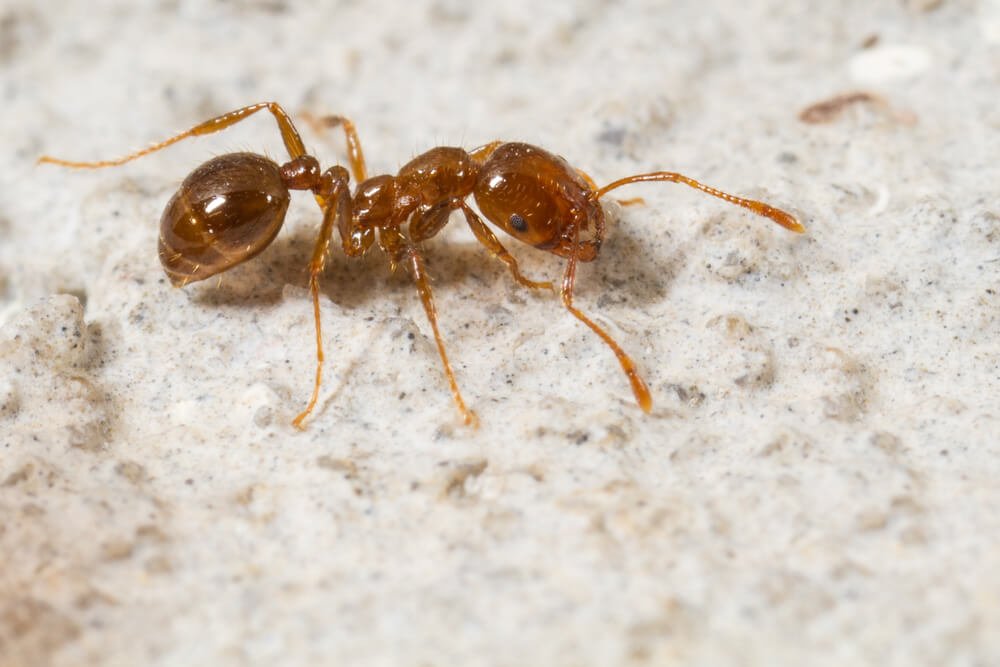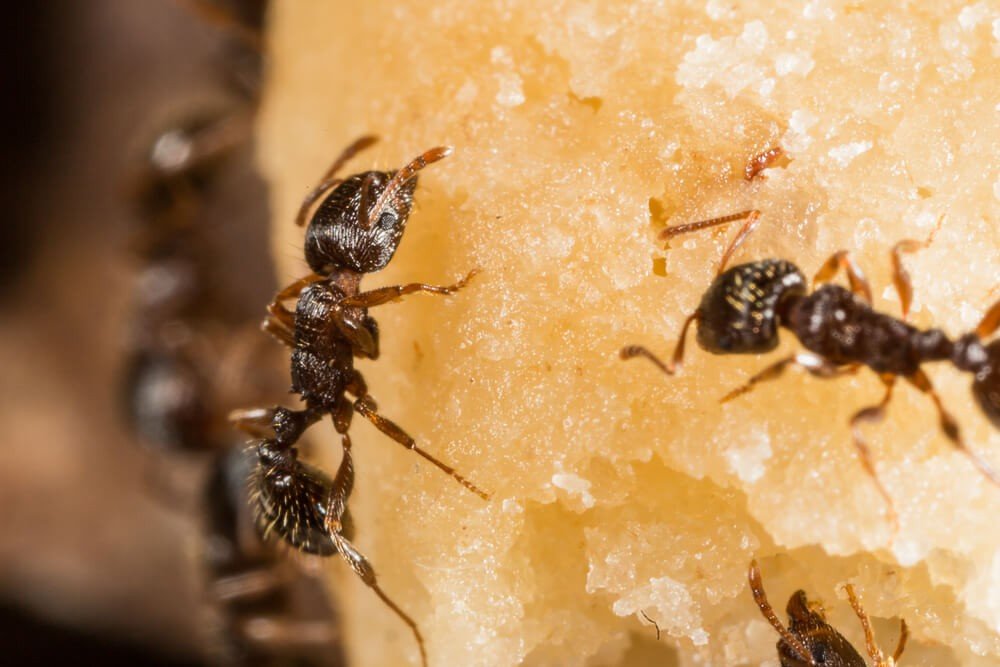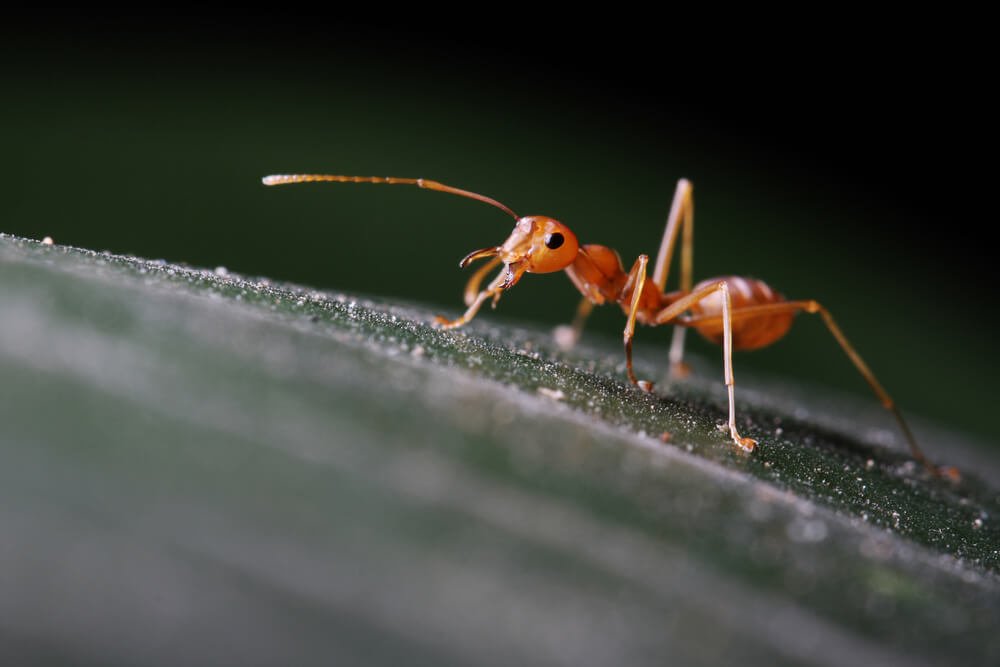Fall’s Occasional Invaders
Occasional invaders – those pests that don’t live indoors permanently, but will move inside periodically.
There are two types of occasional invaders:
- Those that live around the outside perimeter of structures and migrate inside to escape undesirable conditions.
- Those that move indoors at the end of the season to spend the winter.
The most common invaders are:
Multicolored Asian Lady Beetle – Found throughout the U. S. and southern Canada. Predator on plant-feeding insects. Size 1/4-3/8 inch. Color variable; usually mustard yellow to dark reddish orange, with variable number of black spots and a black “M” shape on thorax.
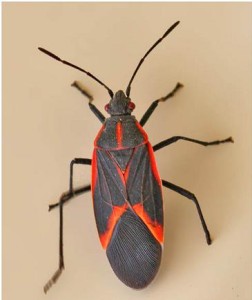
Boxelder bug – Both eastern and western species found in most of U. S. and into Canada. Feeds on female boxelder trees or silver maple trees. Size: ½ inch. Color black with red-orange markings along sides, on back, and along wing borders, and red eyes
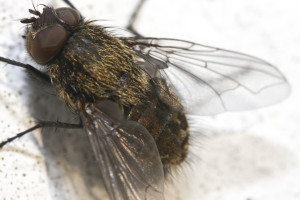
Cluster fly – Found throughout Canada and the U. S., except states bordering the Gulf of Mexico. Larvae are parasites on earthworms in the soil. Size: 3/8 inch. Color dull dark gray, abdomen splotchy gray, golden hairs on body.
Brown marmorated stink bug – Found in 41 U. S. states and two Canadian provinces. Feeds on fruit trees and field crops. Size: 1/2-5/8 inch. Color mottled brownish-gray with alternating
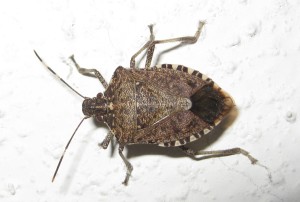 brown and white markings along outer edges of abdomen, and white bands on antennae.
brown and white markings along outer edges of abdomen, and white bands on antennae.
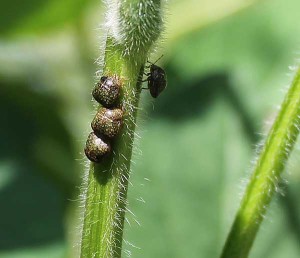
Kudzu bug – Found in at least 8 southeastern states. Feeds on kudzu and soybeans. Size: pea-size; 1/8-1/4 inch. Color shiny olive green with brown speckling.
Elm leaf beetle – Found throughout the U. S. Feeds on elm trees, especially Siberian elm. Size: 3/16-1/4 inch. Color dull yellow to olive green, edged on each side with a broad black str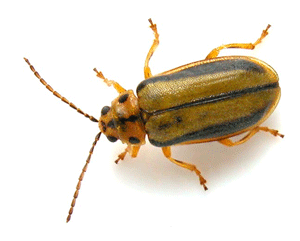 ipe, 3 black dots on thorax.
ipe, 3 black dots on thorax.
Western conifer seed bug – Found across the northern U. S. and into Canada. Feeds on seeds and needles of conifers. Size: ¾ inch. Color dull brown with flattened leaf-like extensions on hind legs; orange and black abdominal patches seen in flight.